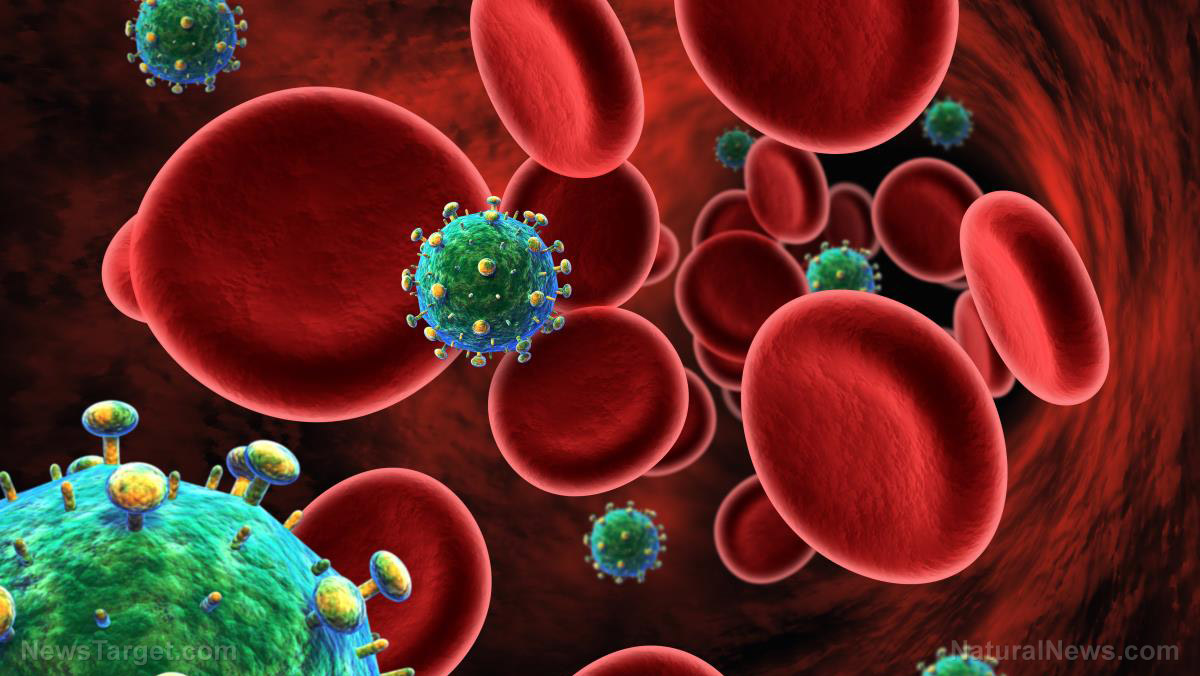Researchers explore how curcumin works against cancer at an atomic level
09/11/2018 / By Vicki Batts

It’s no secret that turmeric offers a host of health benefits. This flavorful, vibrantly colored spice has risen to fame for its ability to fight many types of cancer, ward off inflammation, and may even be useful in the treatment of conditions like type 2 diabetes. Turmeric has definitely earned its place on the spice rack and in the medicine cabinet for good reason — but scientists are still working to uncover the mysteries of this medicinal herb. Studies have already shown that many of turmeric’s health benefits stem from one of the herb’s specialized plant compounds, named “curcumin.”
Researchers from the University of California at San Diego School of Medicine have been studying how curcumin works against cancer at a cellular level. Working alongside scientists from Peking University and Zhejiang University, the team has discovered how turmeric exacts its anticancer effects.
Understanding curcumin and cancer
As Newswise reports, the scientists discovered that curcumin “binds to the kinase enzyme dual-specificity tyrosine-regulated kinase 2 (DYRK2) at the atomic level. This previously unreported biochemical interaction of curcumin leads to inhibition of DYRK2 that impairs cell proliferation and reduces cancer burden.”
Sourav Banerjee, Ph.D., UC San Diego School of Medicine postdoctoral scholar and leader of the research, explained that curcumin’s ability to inhibit DYRK2 impedes proteasome, a part of the cell which is responsible for destroying unneeded or damaged proteins. In mice, this suppression is associated with cancer risk reduction. Several types of cancer, like triple negative breast cancer and multiple myeloma, are “proteasome-addicted” cancers. By regulating proteasome, tumor formation can be inhibited.

Co-senior author Jack E. Dixon, Ph.D., Distinguished Professor of Pharmacology, Cellular and Molecular Medicine, Chemistry and Biochemistry at UC San Diego, commented, “Our results reveal an unexpected role of curcumin in DYRK2-proteasome inhibition and provide a proof-of-concept that pharmacological manipulation of proteasome regulators may offer new opportunities for hard-to-treat triple-negative breast cancer and multiple myeloma treatment.”
“Our primary focus is to develop a chemical compound that can target DYRK2 in patients with these cancers,” he added.
Health benefits of turmeric
Turmeric offers a wide array of health benefits, many of which are perhaps beyond the scope of conventional science. Indeed, try as we might, scientists may never understand the gifts of Mother Nature as well as they think. While curcumin is regarded as turmeric’s most active biological compound, studies have shown that in some arenas, the whole plant performs better than curcumin alone. More, the golden-hued root offers many benefits which cannot be attributed to curcumin alone.
Like so many other plant nutrients, it appears that the compounds in turmeric work together in synergy — and so, divvying them up as modern scientists are wont to do, may not actually be the most sensible approach. Regardless, turmeric and its compounds have repeatedly shown that herbal medicine is real medicine, with real benefits that can be proven with science.
Recent research has shown that turmeric is an ideal alternative for patients with type 2 diabetes, for example. In a recently published study, turmeric was found to address several issues seen in type 2 diabetics, including the characteristic insulin resistance and high blood sugar.
Turmeric has many other benefits to offer. It can improve digestion, support heart health, boost your mood and more. Learn more about the healing power of turmeric and other spices, herbs and more at Food.news.
Sources for this article include:
Submit a correction >>
Tagged Under:
anticancer foods, cancer, cancer treatment, chemo, curcumin, Good science, herbal medicine, natural medicine, Oncology, research, turmeric
This article may contain statements that reflect the opinion of the author




















